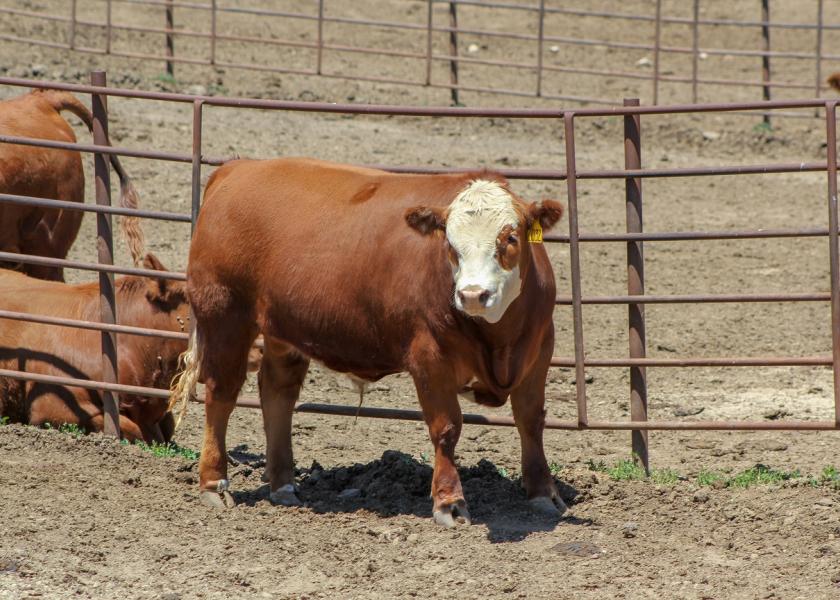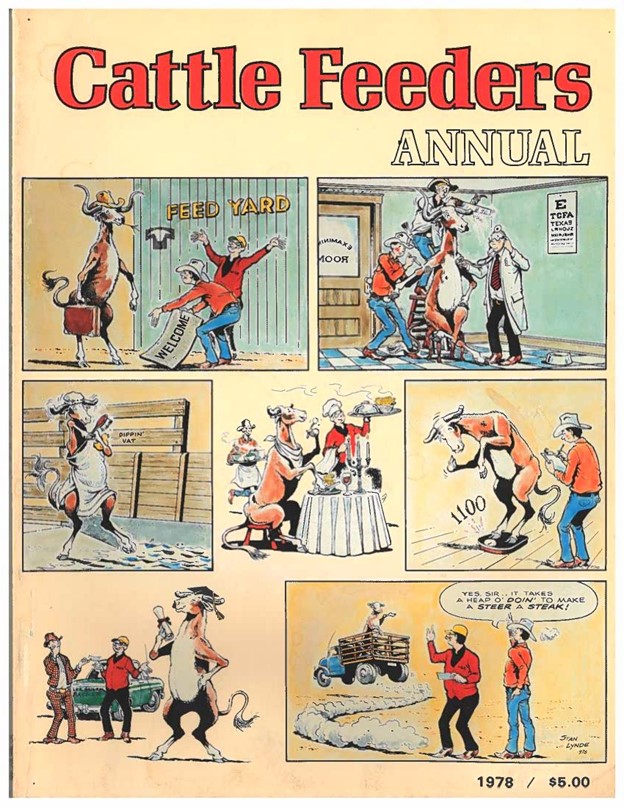Cornett: Cattle Markets Could See ‘Techtonic Shifts’

Chuck Grassley sounds plumb cranky about policy from the National Cattlemen’s Beef Association (NCBA) and the American Farm Bureau Federation (AFBF) opposing any “mandatory” level of negotiated cash trade for live cattle.
He sounds like he thinks the current version of the Cattle Price Discovery and Transparency Act is already a result of compromise. When he talked to Chip Flory on AgriTalk last week he sounded downright offended by the two associations’ position. And he sounded a bit parochial about it. He said Iowa producers want the mandate to help them compete with commercial feeders elsewhere and he said it’s “not fair” for the big feeders to take advantage of formula contracts that aren’t as available to farmer feeders in his state.
And, in his weekly press conference call on Tuesday, when he was asked about it, he said “some tweaking” would be ok, but then he said that removing the mandates would “defeat the purpose of the bill.”
What Grassley thinks is pretty important here. This idea of mandating a certain level of cash trade—of having the government make a law saying each packer must buy a certain percentage of its cattle—is a bit revolutionary in what has been an evolutionary change in cattle price discovery these last couple of decades.
Let’s boil it down. Years ago, there was nobody in the cattle business with a more negative view of packers than commercial cattle feeders in the Great Plains. They led the drive for mandatory price reporting. Mandatory prompt pay. (Emphasis added in light of the current controversy.)
In fact, they started CattleFax to coordinate feeders selling cattle. The Fax part was because yard managers would tell the guys in Denver what the offers were and Denver would use the revolutionary tool of the fax machine to help feeders know what their colleagues were hearing and thinking. In those days, packer buyers roamed feed lots like wolves circling a herd of cows, looking for the weakest seller to get the week started.
I recall one packer buyer who always referred to CattleFax as a “communist conspiracy” because it got the sellers linked up. In those days it was a 100% adversarial relationship.

In fact during one recent debate, I remembered a bit of a snark humor on a Texas Cattle Feeders’ annual cover from that era was the name of the packer buyer—Les Railem—because at the time, the commercial feeders thought selling cattle “on the rail” was the last resort. If only your reporter were a better keeper of files, he could produce pictures of market ready pens of cattle with everything from (what we called in those days) “squatty body” blacks to “full-eared brammers” to every exotic extant at the time.
Cattle found their way into a feedyard pen like this: They went to an auction. A trader bought them. He sorted them into something about the same weight, typically added a few dinks, and those cattle where thereafter pen mates. Most of the cattle were customer cattle and you fed what you got. Together. Good. Bad. And they marketed together.
The packers bought them all one price. In a typical week, everything sold within $2 of each other.
This is getting too long and boring, isn’t it? I know all about the attention span of you internet readers. Here’s the deal. I’ve spent a long time interviewing and drinking beer and occasionally coffee with cattle feeders and cowmen from all over the US. Well, not all over. Nobody ever invited me to do a story in Hawaii.
I retired some years back and have spent the interim being a retirement-type rancher. I haven’t fed a pen of cattle since 2010. I sell calves once a year and have quit really following the markets like I used to. I don’t even have a commodity broker anymore. But it seems these issues are turning the cattle politics into something similar to the Fox News/CNN divide. What if you’re a congress person trying to figure out what’s best for your reelection chances. Oh, sorry, I mean what’s best for cattle folk.
I got to admit. My instinct is the lean into “grumble about change, but adapt to it” camp. I mean if we’re really going to talk about “sustainability” how can we do that without talking about markets. I’ll promise you that prosperous steward is a much better steward than one who is struggling to keep the bank at bay.
My reading of the current situation is that we could be looking at tectonic shifts. Maybe of the magnitude of boxed beef. Or the shift of feeding and packing from the Corn Belt. The quality revolution of the 90’s, I think, was driven largely by the shift away from those days of one price pens of cattle. I‘ve no doubt it’s been good for beef demand. Whether that precludes cash trade—can we get paid for railing cash cattle?—I don’t know
But we have a choice facing us. The poultry and pork industries are triple V – very, very Vertically integrated. If Tyson thinks consumers want a different chicken, Tyson grows a different chicken. If Tyson wants a leaner, or fatter, hog, it changes genetics and grows a fatter hog.
We call it “chickenization” and nobody wants that. But those models are so efficient. So, so efficient. They have cut deeply into beef’s market share. In my mind at the moment, we don’t need vertical integration in our game. But we do need vertical coordination. And that means we might have to occasionally jump through a hoop we don’t want to if we are going to sustain a viable industry in the face of that sort of competition from competing meats AND the animal rights folks and the folks who think our cows are polluters and plant based fake meats.
I like to think I’m as open-minded as any 77-year-old. And I really think this needs to be considered from all sides. Like I said: tectonic. So I’m going to spend some time talking to folks about this. I’ll initiate some calls, but I’d rather hear from people on both sides of the issue. Drop me an email if you like and we can arrange to visit by phone. Steve Cornett scornett9163@yahoo.com







